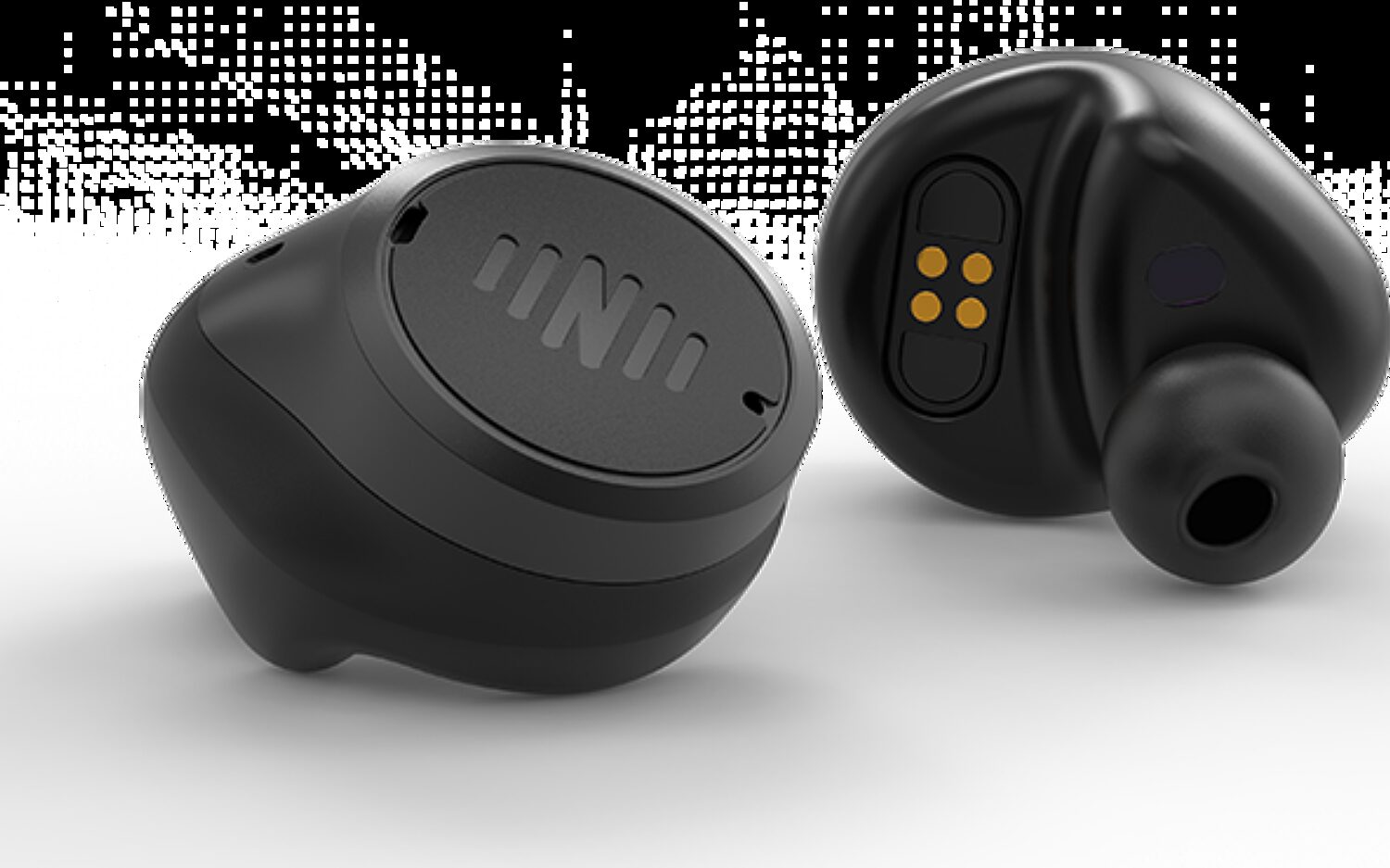A new technology has the world by the ears. The new aural devices can do more than just play music. They can monitor health, track fitness, and accept voice commands. And with artificial intelligence programmed in, they can determine what you already know—say, when you’re learning to speak a new language—and prompt you with the information you need to progress.
Some experts call the wearable ear tech the “the future of hearing enhancement.”
Hearables (aka smart earbuds or smart headphones) are wireless in-ear microcomputers. Hearable is a portmanteau, a word that combines hearing and wearable. The term has been around since 2014, but it’s only just coming into its own.
Researchers are developing hearables as a type of always-worn personal assistant—one that’s essentially whispering right in the user’s ear. Hearables can connect to the internet and to other devices.
Hearables aren’t (yet) meant to replace hearing aids, ear plugs, headphones, headsets—or teachers. But they could someday operate in the role of each of those. As a daily wearable, hearables seem poised to revolutionize several fields, including education, health and fitness, and, well, everyday life.
Rory McGreal is an educational technology expert who sees the potential for hearables in learning. He believes hearables could result in a shift from text-based learning. He says they have the potential to support and/or develop the following:
- - lectures
- - podcasts
- - notifications
- - reminders
- - student interaction
- - instant replay
- - recording
- - translation
- - music listening
- - skills practice
- - communication
- - collaboration
- - content access
- - language learning
- - public speaking
- - interviews
- - teamwork
Whew!
Beyond their use in educational settings, hearables can also integrate with ordinary home or office activities. Suppose you hear Mom or Dad ask out loud for a recipe. The in-ear device reads off ingredients while your parent scans the pantry.
There are still challenges in using hearables. The most significant are technical limitations. Manufacturers need to reduce power usage and battery size—at the same time as increasing battery life and connectivity (to internet and/or Wi-Fi).
Hearable companies must combat the stigma of hearables, which some people negatively associate with hearing aids and aging. Others think their use around others is rude and dismissive of the real, live humans nearby.
Some companies are focusing on stylishness—colors, shapes, and materials, so that the devices are worn like jewelry. Others promote these in-ear microcomputers as the next big thing in wearable tech.
Today, smart devices are everywhere among us. This isn’t true of hearables . . . yet. But it’s likely the small earpieces with the big skills are here to stay. Soon that little voice may literally be in your head.
Why? As technology expands possibilities in ways it was difficult to imagine just a few years ago, believers can sift the culture’s offerings for ways to love and serve others well, while also safeguarding against invasive or easy-to-abuse developments.
Pray: For wisdom to use technology in positive and sound ways.




















